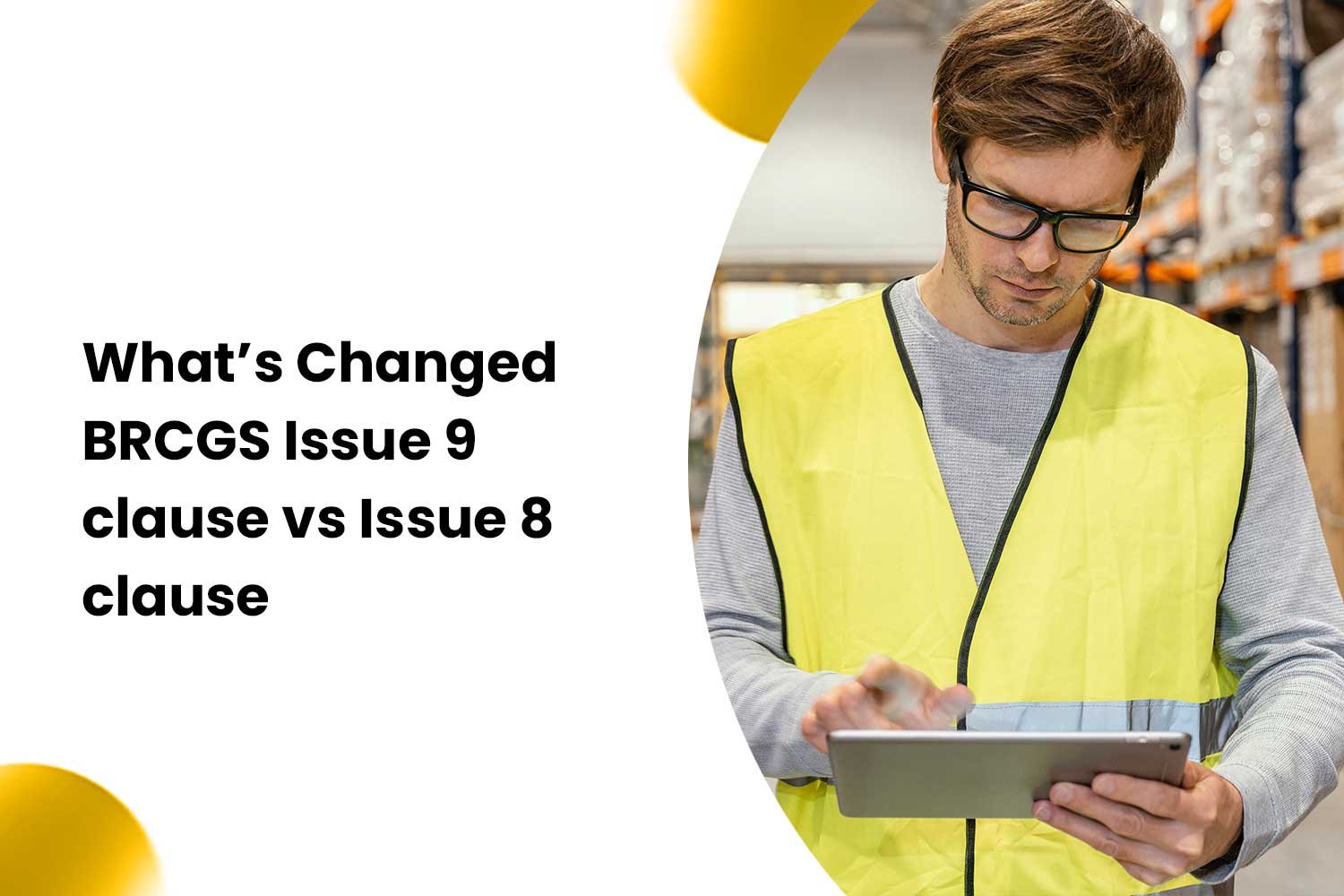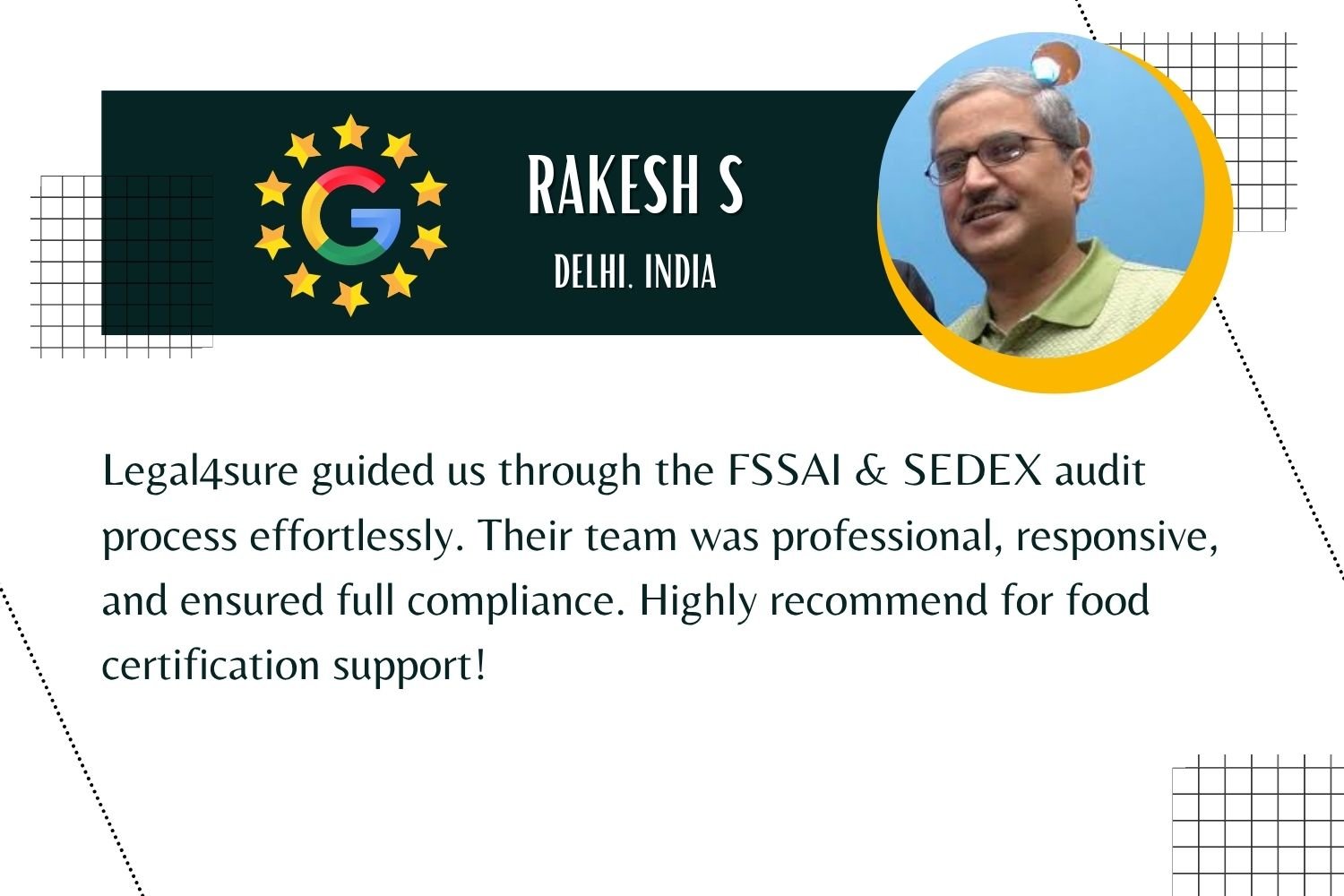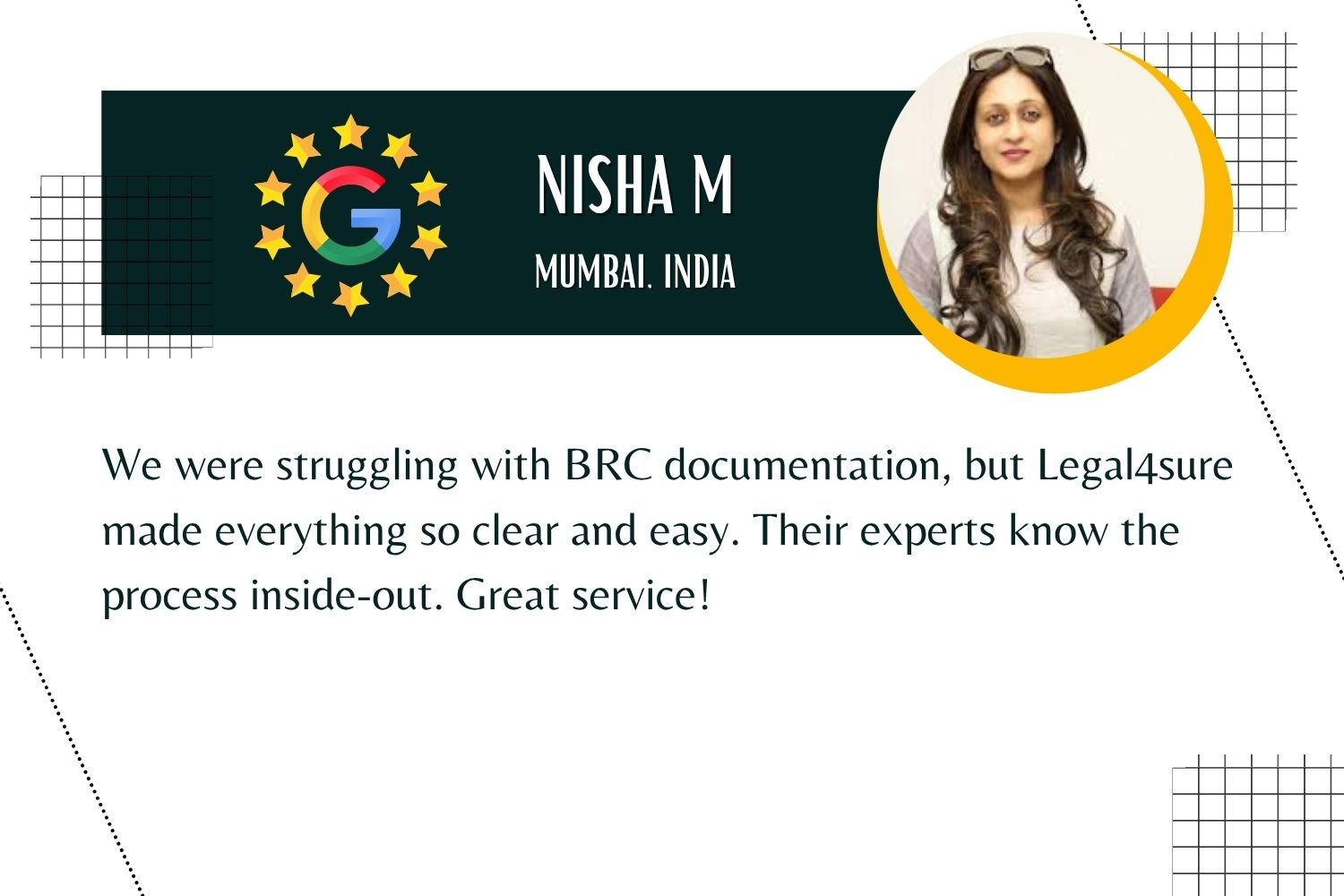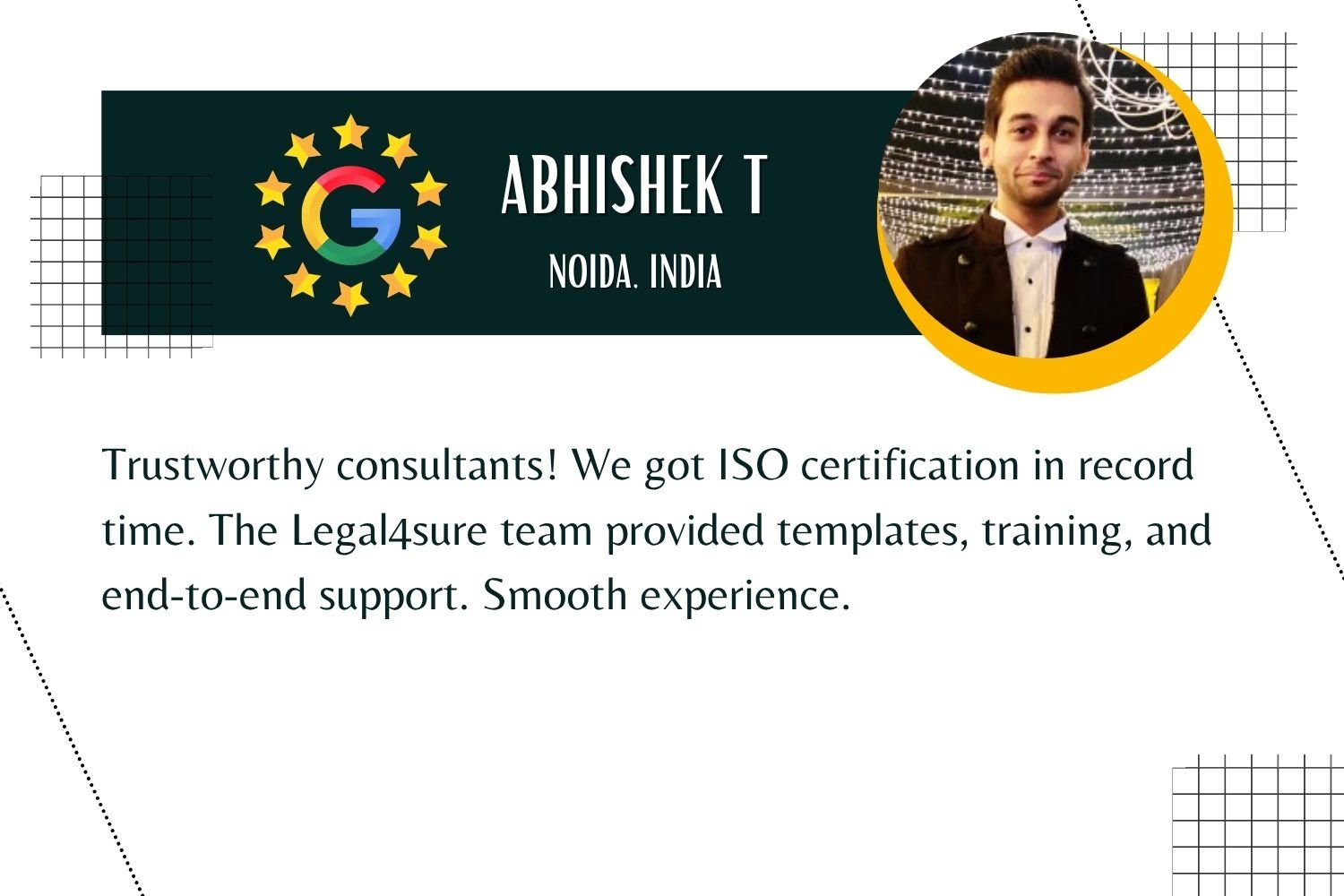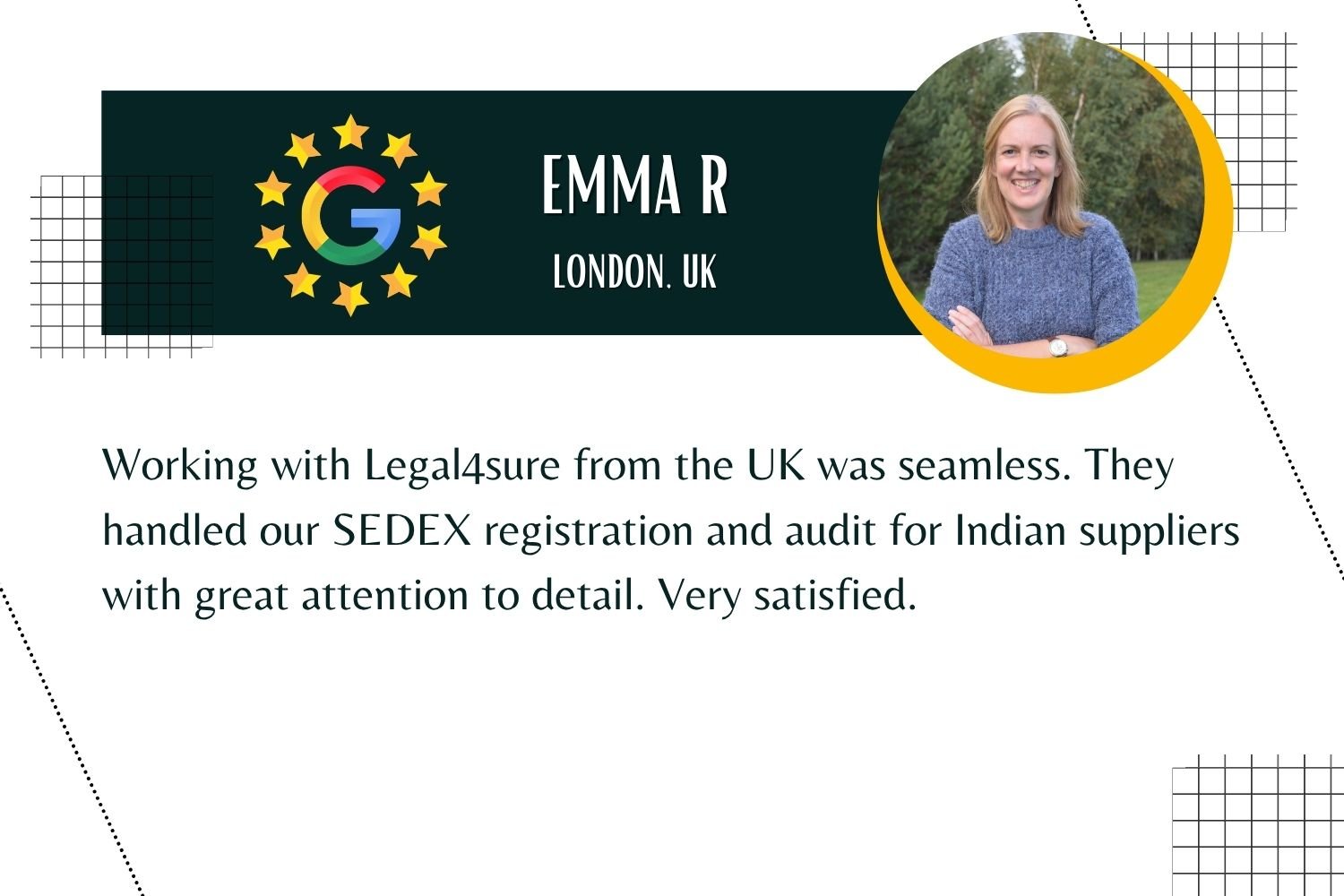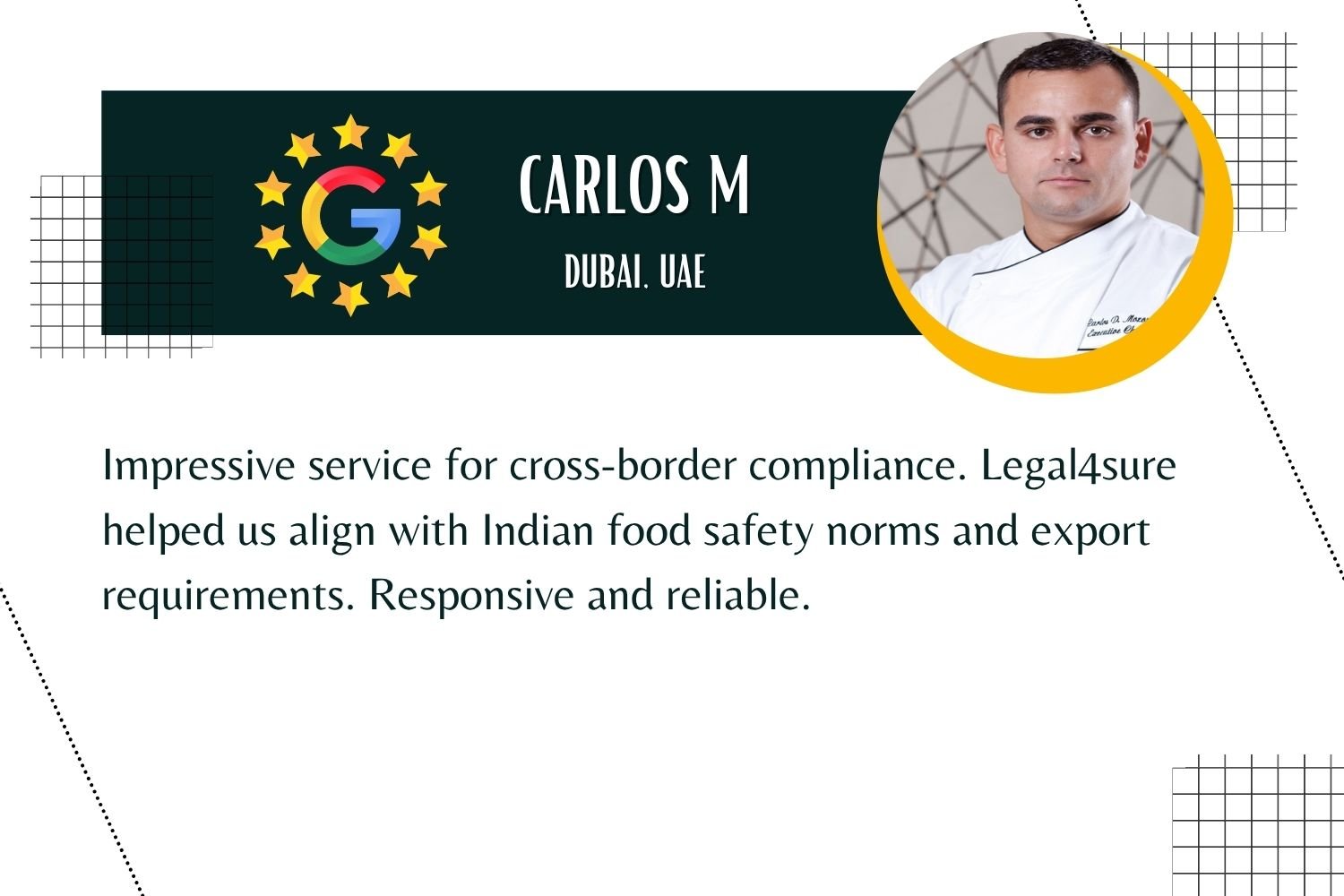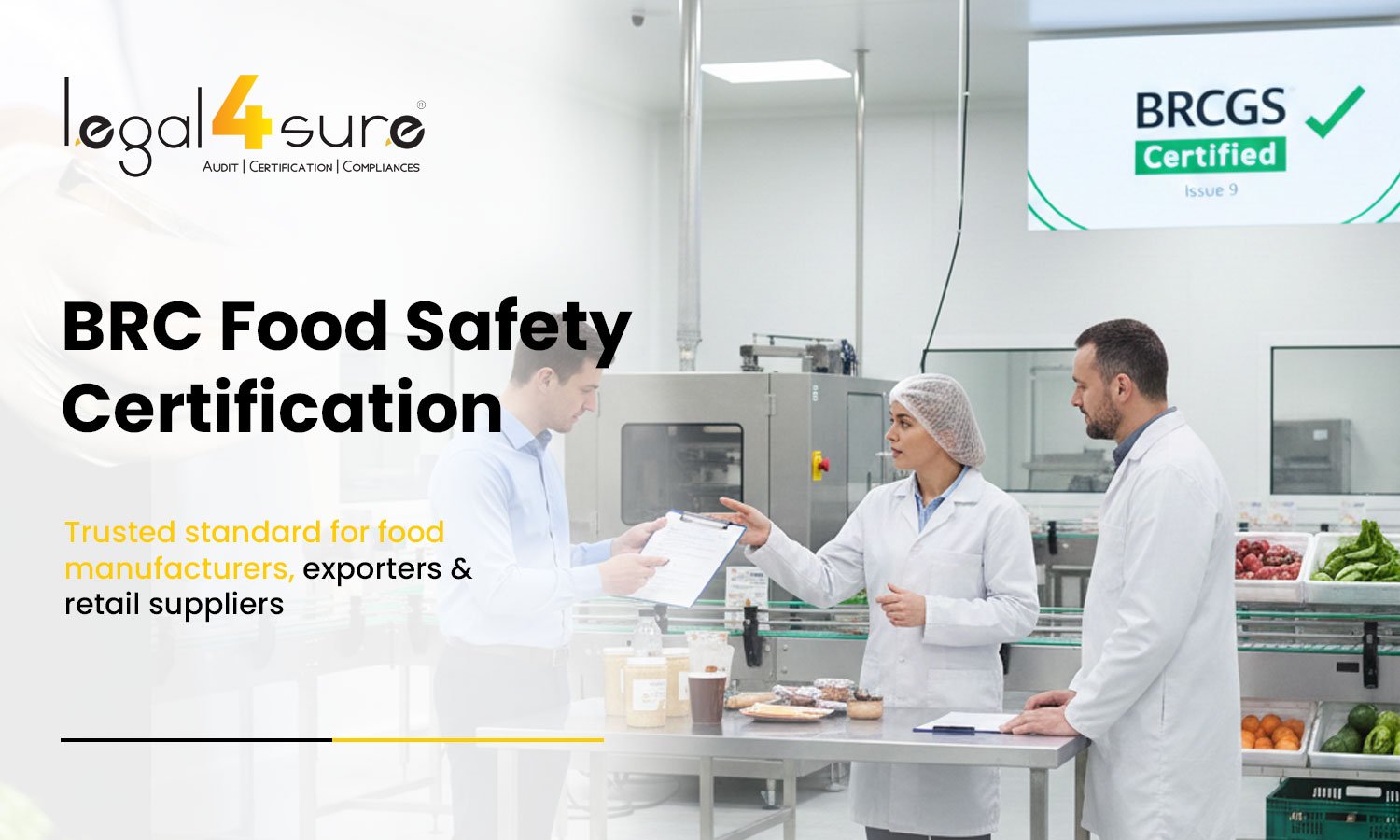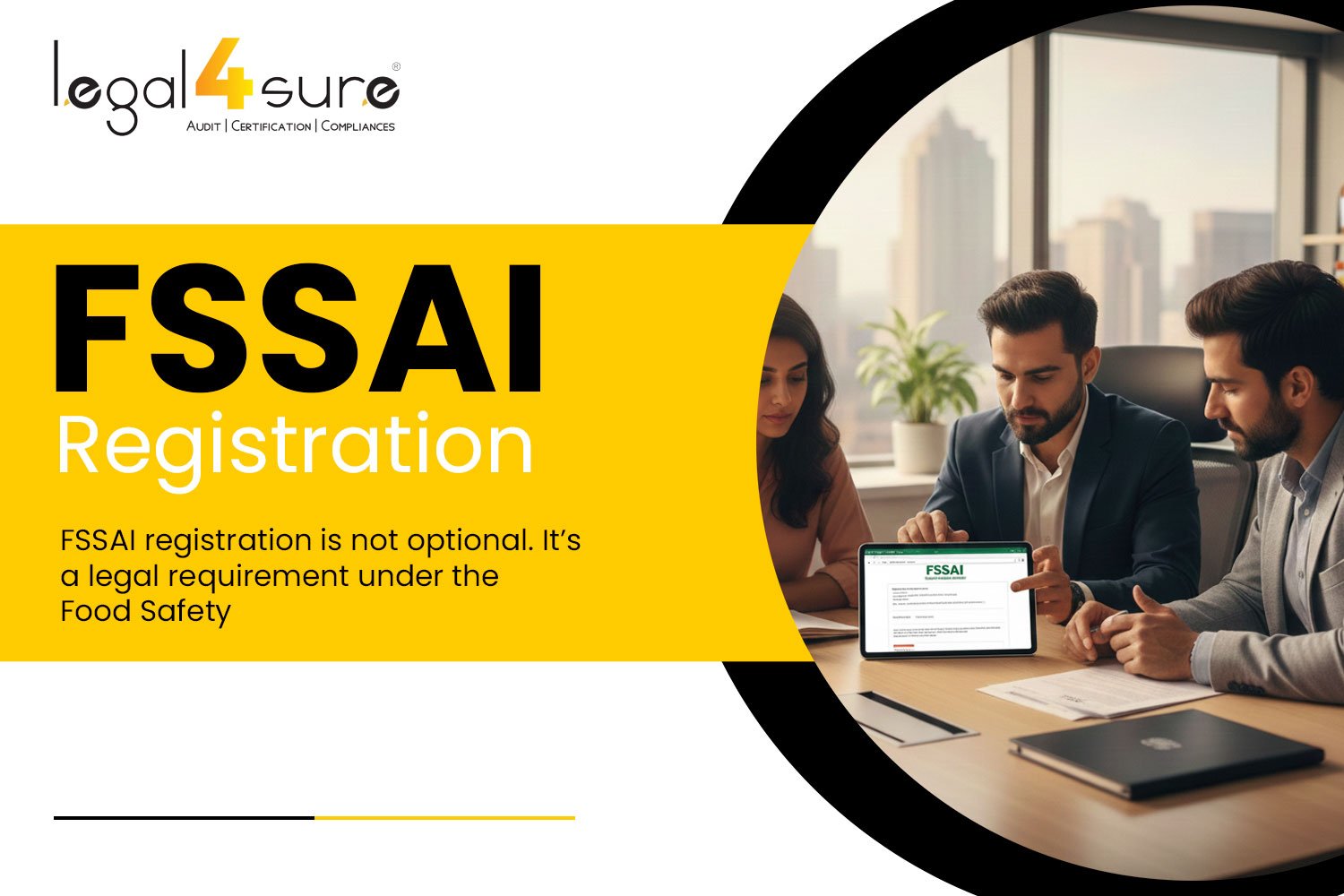Clear expectations, consistency, and structure are crucial in the food industry. It’s not just about paperwork when a new version of a standard like BRCGS comes out. It’s also about protecting your team, your product, and your reputation. BRCGS Issue 9 is not a small update; it offers a clearer and more useful version of the regulations that guide food businesses. This analysis of the BRCGS Issue 9 clause-wise breakdown. providing a clear way to understand and confidently use them.
What’s Changed BRCGS Issue 9 clause vs Issue 8 clause
Compared to Issue 8, BRCGS Issue 9 clause focuses more on food safety culture, traceability, environmental monitoring, and supplier approval. It’s not reinventing the wheel, but it is tightening and improving accountability.
Some clauses have merged, some have been revised for clarity, and a few new ones have emerged. The goal is to reduce confusion and increase accountability across all food industry sectors.
Read more: Overcome Key Challenges In BRCGS Audit With Confidence| Legal4sure
Understanding Clause 1: Senior Management Commitment
Clause 1 in BRCGS Issue 9 requires leaders to do more than just sign off on policies. They need to take ownership of food safety visibly and actively. This means senior leaders should:
- Walk through the facility
- Review complaints and trend data regularly
- Lead risk assessments
- Engage during audits
This clause connects compliance directly to leadership behavior. No more passing the responsibility.
Clause 2: The HACCP System Just Got Stricter
HACCP in BRCGS Issue 9 clause aims to eliminate guesswork. You need to show a real understanding of risk-based thinking. You must:
- Base hazard analysis on actual product or process data
- Revalidate plans more frequently
- Show tighter control at critical control points
- HACCP plans must reflect current operations, not templates from five years ago.
Clause 3: Food Safety and Quality Management Systems Must Sync
The days of treating quality and food safety as separate areas are gone. The breakdown in BRCGS Issue 9 clause clearly states that systems must support each other. You’ll need:
- Clear documentation with version control
- Internal audits are scheduled based on risk, not the calendar
- Stronger evidence during root cause analysis
Your paperwork must make sense in real life. That’s what auditors now expect.
Read more: BRCGS Food Safety Certification In India
Clause 4 Site Standards with Environmental Monitoring Additions
BRCGS Issue 9 clause updates for 2025 include a new focus on hygiene zones, handwashing stations, and pest control. There’s also a greater emphasis on environmental monitoring:
- Identify high-risk areas
- Swab frequently
- Connect environmental monitoring results to corrective actions
It’s no longer acceptable to treat environmental monitoring as a monthly task. It should present an evolving view of cleanliness and microbial risk.
Clause 5 Product Control with Clearer Labeling and Allergen Rules
This clause now goes deeper into:
- Label checks
- Allergen validation and verification
- Control of rework and recycled ingredients
You need to validate claims and prevent mislabeling, not just say you did. The breakdown in BRCGS Issue 9 shows that trust must now be backed by data.
Clause 6 Process Control Zero Tolerance for Inconsistencies
This section hasn’t changed much, but the tone has. You must demonstrate that controls work under pressure. This includes:
- Line clearance procedures
- Startup checks
- Closer monitoring of process parameters
If a deviation occurs, you’ll need traceable records of how it was fixed and what you did to prevent it from happening again.
Clause 7 Personnel Hygiene and Training Not Optional
This clause in the BRCGS Issue 9 breakdown makes training and hygiene personal. Every employee must:
- Understand what good hygiene looks like
- Be trained before starting any food handling tasks
- Get refresher training (and provide proof of training)
- If your site allows visitors, expect to show how you manage their compliance.
Read more: How To Prepare For A BRCGS Audit?
How to Comply with BRCGS Issue 9 Without Losing Sleep
Compliance isn’t about perfection; it’s about consistency. Start with:
- Gap Analysis: Compare your current setup clause-by-clause
- Action Plan: Address high-risk gaps first
- Train: Update internal training to reflect BRCGS Issue 9 updates for 2025
- Monitor: Don’t wait for audits, check your own systems weekly
Use the BRCGS self-assessment tools and consult experts as needed. Seeking support doesn’t mean you’re behind; it shows you’re serious.
Read more: BRCGS Certification Cost Guide For Your Business | Legal4sure
Practical Insights on Changes in BRCGS Food Safety Standard
The BRCGS Issue 9 updates for 2025 emphasize:
- Evidence-based systems
- Food safety culture
- Better traceability
- Integration of environmental monitoring
One smart move is to bring your QA and operations teams together for joint workshops. Make this standard a shared goal, not just a checklist handled by your quality team.
BRCGS Issue 9 Clause-Wise Breakdown Key Takeaways
Here’s a quick recap of what this breakdown means for you:
- It’s led by leadership
- It’s driven by data
- It’s stricter on risk controls
- It demands traceability
This BRCGS Issue 9 breakdown isn’t just about passing audits. It’s about building systems that function well when things go wrong, not just when everything is perfect.
Read more: Common BRCGS Audit Mistakes By Indian Export Units
Ready to Make BRCGS Issue 9 Work for You?
If you’re serious about preparing for BRCGS Issue 9, don’t wait for the next audit. This breakdown is your roadmap. Now it’s time to take action. Legal4sure has been helping manufacturers understand compliance since 2015.
Whether you’re new to BRCGS or upgrading from Issue 8, our team brings real experience, expert guidance, and results.
We don’t believe in cookie-cutter consultancy. We believe in building food safety systems that fit your operations. Contact us today or send us a message to schedule a free gap assessment. Let’s make Issue 9 your strongest certification yet.
FAQs
1. What is the biggest difference between BRCGS Issue 9 and Issue 8?
Issue 9 focuses more on food safety culture, accountability of senior management, and live risk control. The structure is clearer and emphasizes traceability and environmental monitoring.
2. How often should HACCP plans be reviewed under Issue 9?
Plans should be reviewed annually or when any process, ingredient, or supplier changes. Validation and verification must be documented.
3. What’s new in environmental monitoring in BRCGS Issue 9?
You must identify high-risk areas. Swab zones based on risk, not just schedule, and take action on failures with traceable evidence.
4. How to comply with BRCGS Issue 9 efficiently?
Start with a gap assessment clause by clause. Prioritize training, internal audits, and upgrades to the environmental monitoring program. Use third-party consultants if needed.
5. When does BRCGS Issue 9 become mandatory for certification audits?
All certification audits conducted after February 1, 2024, must follow BRCGS Issue 9. Sites should complete internal updates and training well before this becomes effective.


